
Over 200 People Are Killed By The “World’s Deadliest Food” Every Year, But Almost 500 Million People Still Eat It
Cassava, often referred to as manioc or yuca, is one of the most widely consumed foods around the globe. It is particularly important in tropical regions of South America, Africa, and Asia, where it plays a pivotal role as a staple crop. Cassava is so integral to the diets of over 500 million people that it is a common food in many households. Every year, millions of tonnes of cassava are harvested and consumed in various forms, including boiled, fried, or processed into flour. Despite its widespread use, cassava carries a dangerous secret that many consumers may not be aware of.
This seemingly harmless root vegetable has earned the title of "the world's deadliest food" due to the risks it poses when not properly prepared. The World Health Organization (WHO) estimates that around 200 people die every year from poisoning caused by improper preparation of cassava. Although this figure might seem startling, it is important to note that most people who consume cassava do so without any harm, as long as it is prepared properly. In this article, we will explore the dangers of cassava, the reasons it can be deadly, and how millions of people continue to consume it safely every day.
What is Cassava and Why is It So Popular?
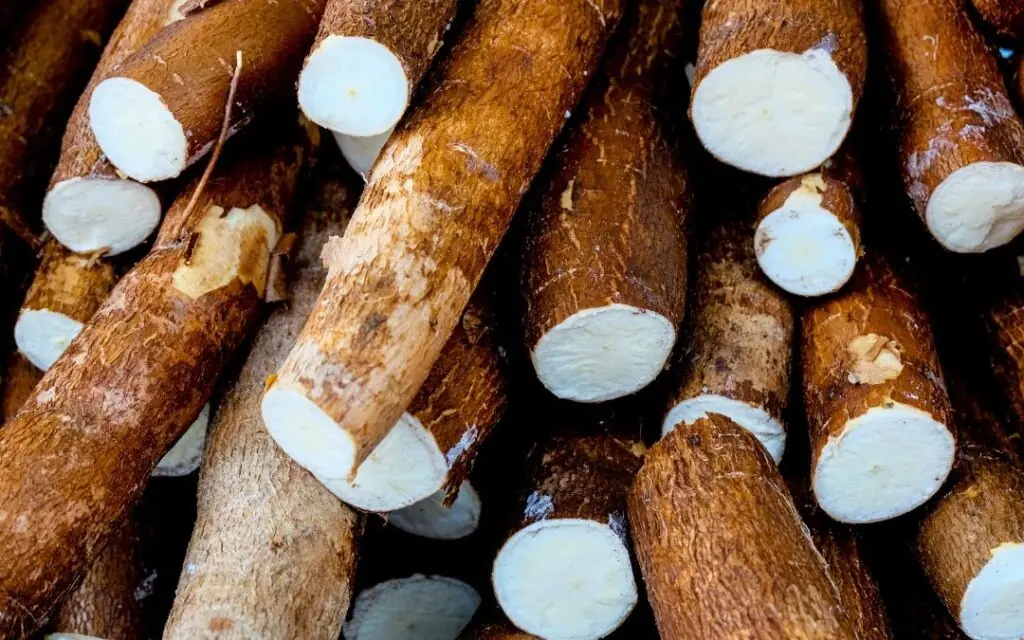
Cassava is a perennial shrub that originates from South America but has spread across tropical regions worldwide. The root of the cassava plant is starchy and edible, making it a valuable source of carbohydrates. Cassava is a versatile food, often boiled, fried, or used to make flour that is then incorporated into bread, cakes, and other baked goods. The plant is a significant part of the agricultural economy in countries like Nigeria, Brazil, Thailand, and Indonesia.
For many in these regions, cassava provides a primary source of nutrition. It is easy to grow, drought-resistant, and can be harvested quickly, making it a vital crop in areas where food security is an issue. It also has a relatively long shelf life compared to other crops, which makes it especially important during times of famine or scarcity.
While cassava's starchy roots offer an excellent source of energy, it is important to note that the root contains a hidden danger. Under normal circumstances, people who consume well-prepared cassava rarely experience adverse effects. However, when cassava is improperly prepared, the consequences can be dire.
The Hidden Danger: Cyanide in Cassava
The reason cassava has earned its title as the "world's deadliest food" lies in its potential to release toxic cyanide compounds. The root contains naturally occurring chemicals called cyanogenic glucosides, which are a defense mechanism to protect the plant from insects and animals. When consumed, these compounds can break down into cyanide, a potent and deadly toxin.
Cyanide poisoning can lead to a range of health issues, including nausea, vomiting, dizziness, and in severe cases, death. Long-term exposure to cyanide through improper cassava consumption can also lead to chronic conditions, including neurological disorders.
How Cyanide is Released from Cassava
Cassava varieties can be divided into two categories: sweet cassava and bitter cassava. Bitter cassava contains higher levels of cyanogenic glucosides, while sweet cassava has much lower concentrations of these toxic compounds. Bitter cassava, if not processed correctly, poses a much greater risk.
Proper processing is crucial to neutralize the cyanide content in cassava. Several methods are commonly employed to make cassava safe for consumption:
-
Soaking: One of the most effective ways to reduce cyanide levels is by soaking the cassava root in water for an extended period, often up to 24 hours. This helps to leach out the cyanide compounds into the water.
-
Drying: Drying cassava, especially the bitter variety, is another method used to reduce cyanide content. In many countries, cassava is sun-dried, which can significantly reduce the cyanide levels.
-
Boiling and Fermentation: Boiling the cassava before consumption can also help eliminate some of the toxic compounds. In some regions, fermentation is another popular method, particularly for preparing cassava into a traditional dish known as "garri."
-
Peeling: The peel of the cassava root contains a high concentration of cyanogenic compounds, so removing the outer skin before cooking is another essential step in reducing toxicity.
Why Is Cassava Dangerous During Times of Crisis?
The danger of cassava poisoning becomes particularly pronounced during times of famine or war, when food security is at risk. During such times, people may resort to consuming poorly prepared cassava as a means of survival, unaware of the potential consequences. The WHO reports that cyanide poisoning and the disease "konzo" (a neurological disorder) often occur in areas affected by extreme poverty or food scarcity.
In situations of food scarcity, people may consume bitter cassava without properly processing it, leading to elevated levels of cyanide in their diets. In some parts of Africa, for example, during periods of drought, people have been forced to rely on cassava as their primary food source, despite not having access to the necessary tools or knowledge to prepare it safely. This improper preparation can lead to cyanide poisoning, which in some cases can be fatal.
The WHO has also highlighted that konzo, a spastic paralysis condition, is directly linked to the consumption of improperly processed cassava. Konzo is irreversible and results from a combination of bitter cassava and a low-protein diet, often found in impoverished communities. The disease predominantly occurs in epidemics but sporadic cases have also been reported in areas where proper processing techniques are not employed.
How to Make Cassava Safe to Eat
Despite its potential dangers, cassava can be made safe to eat with proper preparation techniques. The key lies in the processing methods used to reduce the cyanide content, which can make all the difference between a nourishing meal and a potentially deadly one. Here are some tips on how to make cassava as safe as possible:
-
Choose the Right Variety: Opt for sweet cassava varieties that contain lower levels of cyanogenic compounds. If bitter cassava must be consumed, ensure that it is thoroughly processed.
-
Soak, Boil, and Ferment: Soak cassava in water for several hours or days to help leach out the toxic compounds. Boiling cassava before consumption is another effective way to reduce cyanide levels. Fermentation, which is common in West Africa, is also a safe method for preparing cassava.
-
Peel Before Cooking: Always peel the cassava root before cooking to remove the toxic compounds in the skin. The peel contains a much higher concentration of cyanogenic glucosides than the flesh of the root.
-
Use Safe Processing Methods: In some regions, traditional methods of preparing cassava, such as fermenting or sun-drying, are essential for reducing toxicity. These methods should not be skipped, as they are designed to make cassava safe for consumption.
The Importance of Education and Awareness
As the WHO report emphasizes, the improper preparation of cassava often occurs during times of crisis, particularly in impoverished communities. In many areas where cassava is a staple food, people may not have access to the necessary knowledge or resources to process it safely. Education and awareness about the risks of cyanide poisoning and proper cassava processing techniques are crucial to preventing these harmful effects.
Government agencies, health organizations, and local communities must work together to provide education on the safe preparation of cassava, especially in regions where it is consumed on a daily basis. Public health campaigns and local workshops can play a significant role in teaching people the importance of soaking, boiling, and peeling cassava before consumption.
Additionally, providing access to resources such as safe cooking tools, improved processing techniques, and better food security during times of crisis can help prevent accidents and minimize the risks associated with cassava consumption.
The Balance Between Risk and Reward
Despite its potential dangers, cassava remains a vital food source for millions of people around the world. It is a crop that provides essential carbohydrates and energy, particularly in areas where other food sources are scarce. The key to consuming cassava safely lies in understanding the risks associated with it and following proper preparation methods.
The fact that nearly 500 million people consume cassava annually and only a small percentage are affected by cyanide poisoning highlights the effectiveness of proper processing. With increased awareness and education, the number of cassava-related deaths can be further reduced, allowing millions of people to continue enjoying this important food source without fear of harm.
In conclusion, while cassava is often dubbed the "world's deadliest food," it is important to remember that with proper knowledge and preparation, it can be enjoyed safely and provide significant nutritional benefits. The challenge lies in ensuring that communities have access to the resources and education necessary to make this staple food as safe as possible, especially during times of crisis. As with many foods, it’s not the food itself but the way it’s prepared that determines whether it will be a source of nourishment or a hidden danger.
News in the same category


Is This the Lost Ark? Ground-Penetrating Radar Uncovers Intriguing Structures Beneath Turkish Site Tied to Biblical Legend
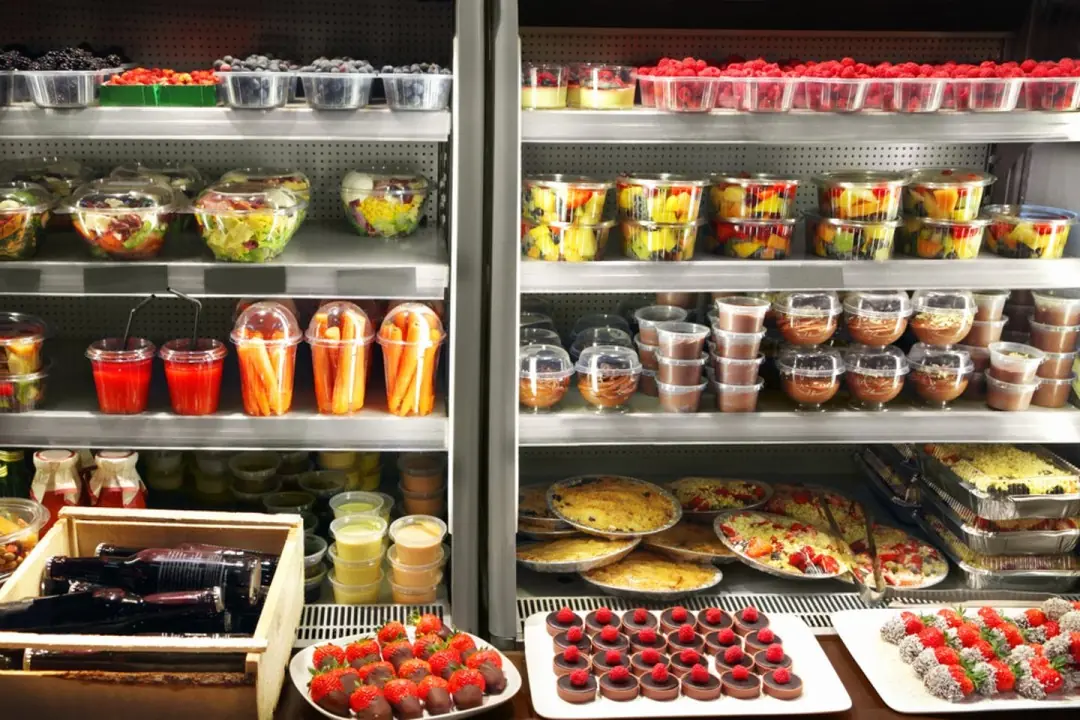
Hundreds of C@ncer-Causing Chemicals Found in Food Packaging: A Hidden Health Threat

Excessive Sleep Could Increase Dementia Risk: What You Need to Know

Bill Gates predicts three careers that AI won't replace

The Four Foods You Should Never Keep in Your Home: A Guide to Healthier Living

Kathryn Bernardo finally speaks up about rumors that she's now in a relationship

Experts Issue Warning About Frequent Use of Air Fryers: Here's What You Need to Know

Why Showering at Night Is Better Than in the Morning
For those struggling with poor sleep quality, muscle tension, or skin issues, showering at night may be a simple yet effective solution to improve overall health and well-being.

What Are Eye Floaters? Understanding Their Causes, Symptoms, and When to Seek Help

8 Anti-Can cer Foods to Add to Your Diet for Prevention
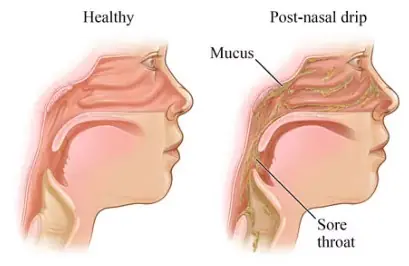
Understanding Mucus: What It Is, What It Means, and How to get rid of it

Understanding Dreams About De ceased Loved Ones: What They Mean and How They Help in Grieving

What Does It Mean To Wear a Ring On The Right Hand
The right hand represents strength, action, and decisiveness, while the finger and material you choose can further express your personality, values, and aspirations.

Square Waves Are Real — and You Should Be Cautious When You See Them

Important Signs You Might Have Polymyalgia Rheumatica: A Comprehensive Guide

Off The Record: Scientists Warn of Unprecedented Global Warming Threats By 2200, Leading to Catastrophic Heatwaves, Famine, and Flooding
Scientists at Germany’s Potsdam Institute for Climate Impact Research predict a shocking rise in global temperatures by 2200, with devastating impacts including severe heatwaves, famine, and flooding. Even if carbon emissions are reduced, the future loo
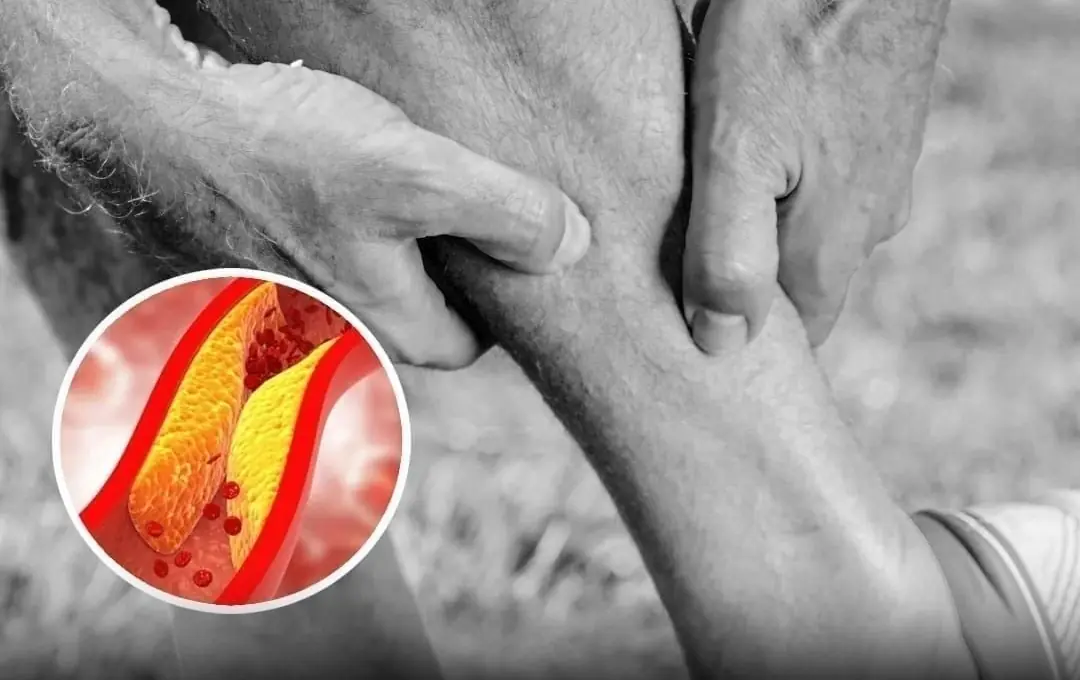
How Your Feet Could Be Signaling Heart Problems and Clogged Arteries
Symptoms like pain, swelling, numbness, or changes in skin color can indicate underlying issues with circulation, including peripheral artery disease or even heart disease.

Man Over 700 Eggs In One Month To See What It Would Do To His Body. Here’s What Happened.
Dr. Nick Norwitz’s experiment of eating 720 eggs in 30 days provides an eye-opening perspective on the relationship between dietary cholesterol and heart health.
News Post

What Lies Beneath: Camera Dropped 305 Feet into Antarctic Ice Reveals Breathtaking Secrets of Earth’s Oldest Climate Record

Is This the Lost Ark? Ground-Penetrating Radar Uncovers Intriguing Structures Beneath Turkish Site Tied to Biblical Legend

No Paycheck, No Problem: What Pope Leo XIV Will Receive as the New Leader of the Catholic Church

Robert De Niro Slams Trump at Cannes: “This Is Not Just America’s Problem”

Hundreds of C@ncer-Causing Chemicals Found in Food Packaging: A Hidden Health Threat

Joe Biden diagnosed with aggressive prostate c@ncer; political leaders express support

Ivana Alawi Re-Blesses Her Entire Home Following Alleged Haunted Encounter
After experiencing unsettling events during an out-of-town trip, Ivana Alawi decided to have her whole house blessed again, sharing the spooky story in her latest vlog with Kyline Alcantara.

Donald Trump sl@mmed after sharing yet another baffling post about Taylor Swift
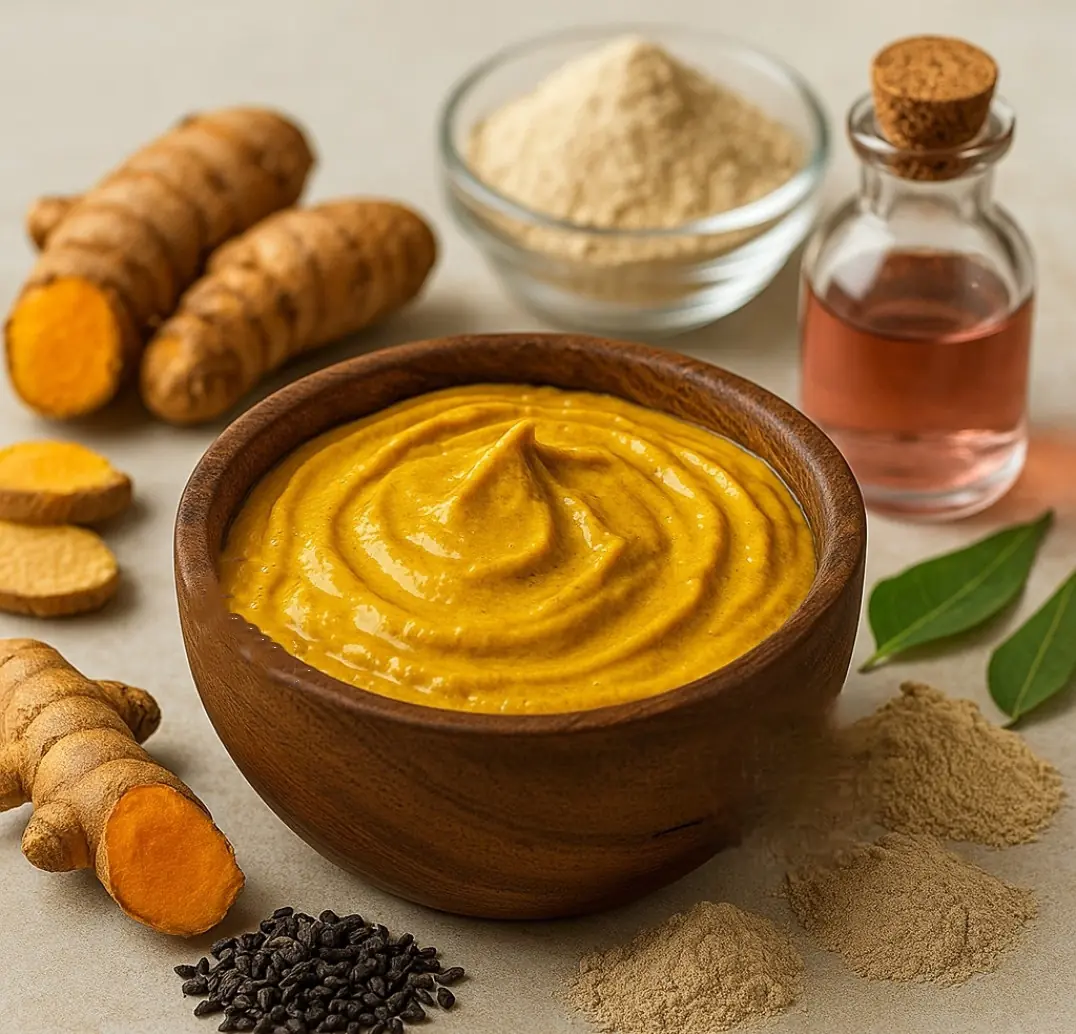
Ultimate Guide to Bridal Ubtan Recipes for Glowing, Radiant Skin: Timeless Beauty Secrets You Must Try
By consistently using these bridal ubtan recipes in the weeks leading up to your big day or any special occasion, you can unveil a luminous complexion that truly shines.

Excessive Sleep Could Increase Dementia Risk: What You Need to Know

Brooklyn Half Marathon Runner Passes Away During Race After Collapsing on the Course

I Saw Her Name Glowing on His Phone Screen And My World Shattered
A glowing phone screen in a dark room revealed a deva$tating secret—my husband’s betrayal with someone I never expected. What followed was heartbre@k, rage, and the pa!nful choice to walk away.

DIY Coffee Face Packs for Glowing Skin – Coffee Benefits for skin
These natural masks nourish, rejuvenate, and protect your skin while addressing concerns like wrinkles, dark spots, dryness, and dullness.

Solenn Heussaff Shows Off her Bl@ck Eye
Celebrating Mother’s Day with a touch of humor and a minor injury, Solenn Heussaff reveals how her youngest daughter accidentally gave her a black eye during a sleepy moment.

My Sister’s Face Staring Back at Me from His Laptop Screen: The Secret That Shattered My World
A forgotten laptop revealed a secret I never expected—my husband’s hidden life with my sister, a web of l!es, pa!n, and betrayal that turned my world upside down. This is the raw, heart-wrenching story of trust br0ken and truth uncovered.

Katy Perry Opens Up About a Hum!liating Setback That Almost Ended Her Music Career

Alynna Opens Up About Family Rift with Hajji Alejandro’s Relatives and Responds to Accusations of Gold-Digging
In an emotional reveal, singer Alynna discusses the tension with some members of Hajji Alejandro’s family, affirming her genuine love and sacrifice during their 27-year relationship.

My Sister Left Her Phone in My Car, What I Saw in Those Texts Shattered Everything
I never expected a forgotten phone to reveal a brutal conspiracy between my sister and someone I trusted — plotting to ste@l the family home and betray me. What followed was heartbre@k, rage, and the f!ght for justice.

Paolo Bediones Breaks Silence on Viral Privat3 V!de0 Controversy After 11 Years
After more than a decade, TV host Paolo Bediones opens up about the ordeal surrounding the leak of his privat3 vide0s and the threats he faced.

Kristel Fulgar Shares How Her Husband’s Conversion to INC Proved He Was ‘The One’
Kristel Fulgar opens up about her husband Ha Su-hyuk’s heartfelt journey to convert to Iglesia ni Cristo, revealing how this commitment confirmed their destined love.